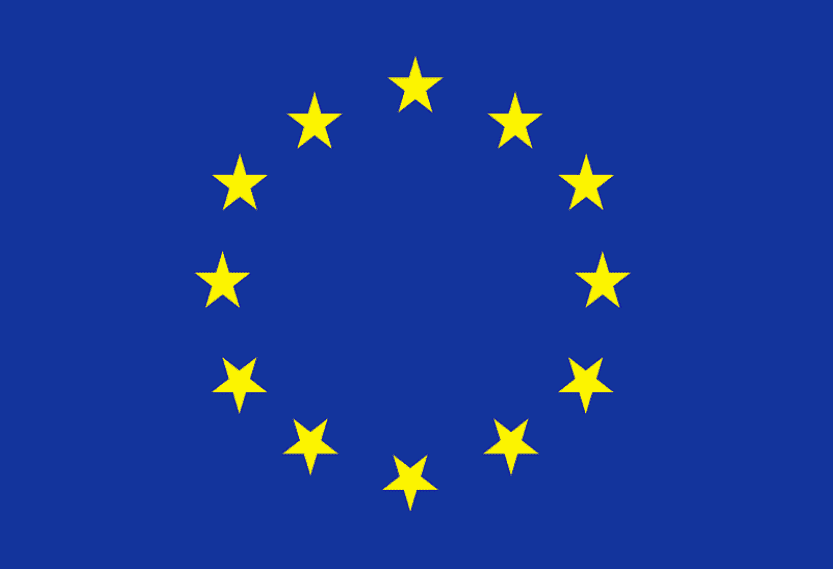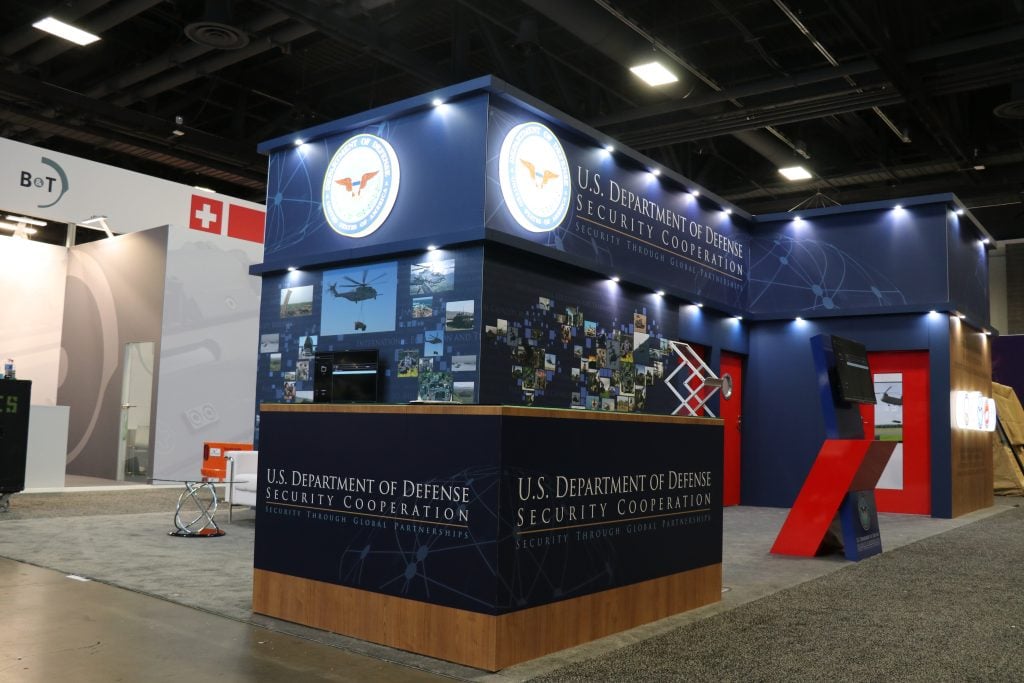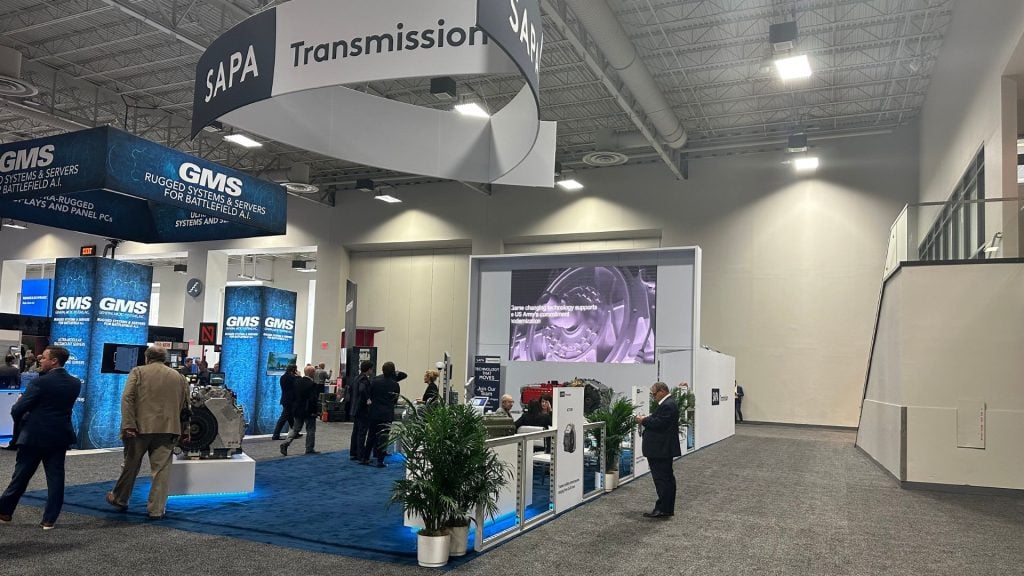
Introduction
Trade shows are a battleground for attention, and how your booth is designed plays a crucial role in shaping attendees’ experiences. But great booth design isn’t just about aesthetics—it’s about leveraging psychology to influence behavior and leave a lasting impression.
In this post, we’ll dive into the science behind effective booth design and how you can use psychological principles to attract, engage, and convert visitors at trade shows.
Pre-Event: Design for Cognitive Curiosity
The journey to influence behavior starts before attendees even step into your booth. Priming their minds with curiosity is key.
1. Create a Sense of Anticipation
Use visual storytelling across your social media or email campaigns to give attendees hints about what’s to come. Use teasers that trigger curiosity: “What’s the most unexpected feature of our booth this year? Find out at Booth #123.” When people’s curiosity is piqued, they’re more likely to visit your space.
2. Leverage Familiarity with a Twist
The Mere Exposure Effect tells us that people are drawn to what they recognize. Incorporate familiar elements of your brand—but with a unique twist. For example, if you’re known for sleek packaging, design your booth around similar visuals but with an unexpected pop of color or a playful display element.
On the Floor: Appeal to Cognitive Biases
Once attendees are at your booth, subtle psychological cues can shape how they interact with your space—and how they remember it.
1. Use the Power of the Rule of Three
People naturally find things presented in threes more appealing and easier to process. Structure your booth into three sections: one for product demos, one for conversation spaces, and one for giveaways. This framework creates clarity and makes visitors feel more comfortable exploring the space.
2. Optimize for Flow and Engagement
Crowded or cluttered spaces can overwhelm attendees, triggering decision fatigue. Design your booth layout with clear pathways to guide visitors smoothly through your space. Use subtle cues like floor markings or visual elements to nudge people toward specific areas, such as your product demo zone.
3. Tap Into Reciprocity for Deeper Engagement
The Reciprocity Principle suggests that when someone receives something, they feel compelled to give something in return. Offer free samples, exclusive content, or small personalized gifts at the start of the interaction. This makes visitors more likely to engage further with your brand, whether by providing their contact details or spending more time at your booth.
Post-Event: Reinforce Positive Associations
Once the event ends, it’s essential to reinforce the positive experience attendees had at your booth to convert engagement into long-term brand loyalty.
1. Use Memory Anchors for Follow-Up
Send personalized follow-ups that reference specific aspects of your booth design or conversations attendees had with your team. For instance, “We loved chatting with you in our ‘Innovation Lounge.’ Here’s more information on the product we discussed.” This reinforces positive associations with your brand.
2. Offer a Second Experience Post-Event
The Endowment Effect makes people value things they feel ownership over. Send a small post-event gift, exclusive discount, or invite them to a private virtual event. This continuation of the experience strengthens their connection to your brand.
3. Collect Feedback with Framing Bias
When gathering feedback, use positive framing to encourage more thoughtful responses. Instead of asking, “What didn’t work?” try, “What did you enjoy the most, and how can we enhance it next time?” This framing reinforces positive memories while still allowing space for constructive input.
Conclusion: Designing for the Mind, Not Just the Eye
The best trade show booths don’t just look good—they influence behavior and shape how attendees perceive your brand. By understanding and applying psychological principles, you can design a booth that captures attention, engages visitors meaningfully, and leaves a lasting impact.
At your next trade show, don’t just think about aesthetics—think about how people feel, think, and behave within your space. With the right design, you’ll not only attract visitors but also build relationships that last far beyond the event.


 Global
Global Europe
Europe

